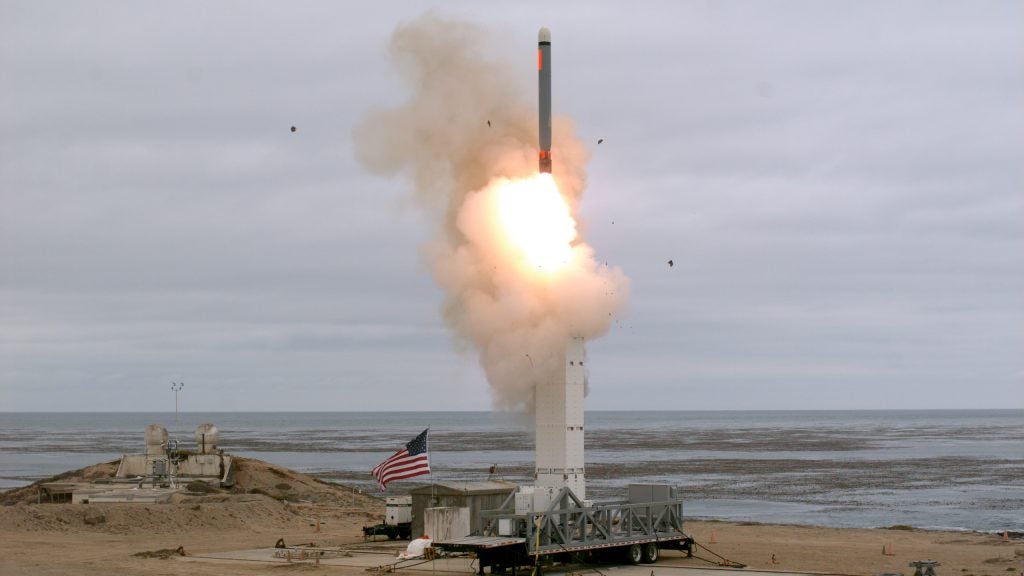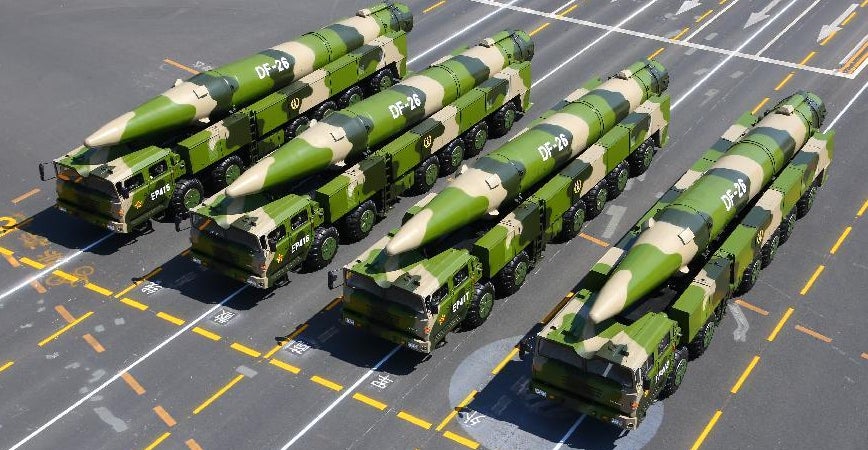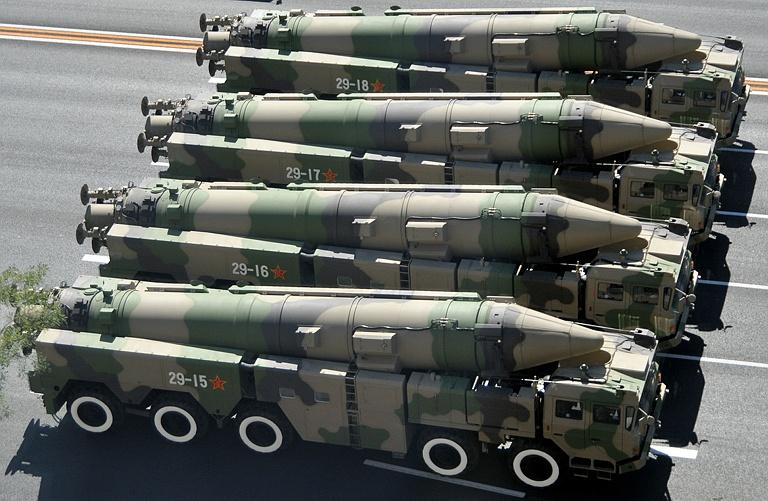Mobile Medium Range Missile, the Army’s post-INF Weapon
In his statement regarding the US withdrawal from the INF Treaty, Secretary of Defense Mark Esper said the US had been doing “treaty-complaint” research on mobile land-based conventionally armed ballistic missiles and cruise missiles since 2017 and that such programs are now in “early stages”. However, he didn’t point to any specific program leaving many to wonder what future US post-INF weapons may look like.
In the FY2020 budget, the Army funded the development of the Mobile Medium-Range Missile to fill the post-INF capability gap. It’s described as a “lower cost strategic capability that can attack specific threat vulnerabilities in order to penetrate, dis-integrate, and exploit in the strategic and deep maneuver areas.” The lower cost is likely in comparison to medium range hypersonic weapons the Army intends to field. Unfortunately, no specific range information is given, in fact, it’s not even clear whether this will be a ballistic or cruise missile. Perhaps the program will see both systems tested. The program is funded until 2024, with a total cost of $900 million.

A couples weeks after the withdrawal the US test-fired a very clearly non-operational ground-launched Tomahawk. The launcher was nothing more than a naval VLS cell lifted onto a trailer chained to the ground due to the lack of proper outriggers. The test was clearly a display of intent rather than part of a developmental process. Whether the Army intends to field a ground-launched Tomahawk or the more advanced but shorter ranged JASSM-ER used by the USAF isn’t known. Being much more stealthy and equipped with an imaging IR sensor the JASSM-ER is a compelling choice.

What is even less clear is what the future ballistic missile will look like. Many have speculated that the Precision Strike Missile (PrSM) will fill this role given that it is clearly capable of reaching into the lower part of the INF range threshold (range stated as 499km with the INF range band starting at 500km). However given its small size it will not be capable of countering the Chinese medium-range missile force in the Pacific, which is arguably the driving force for the US’ withdrawal from INF in the first place.
Secretary Esper has made clear his intentions to deploy such weapons to the Pacific region, which the Chinese are not particularly happy about. The primary ballistic missile threats are the DF-21C (range 2,150 km) and DF-26 (range 3,000-4,000 km according to CSIS). Even doubling the range of PrSM puts it at a staggering disadvantage in a standoff. The Chinese also field DF-10A, a GLCM with a range between 1,500 and 2,500 km.

